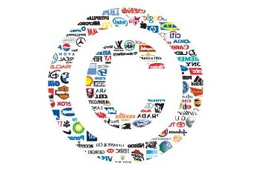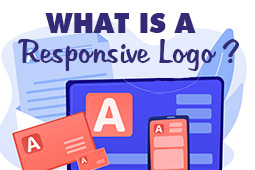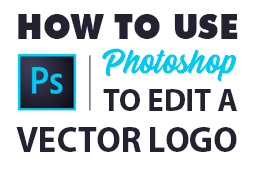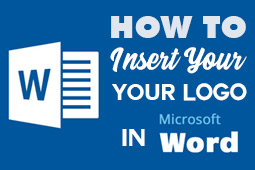
Why Brands Should Protect Copywriting & Logo
As a business, it’s important to consider whether or not you should protect your copywriting and any other forms of media and content that are linked to your business, such as your logo. However, many businesses, especially online businesses and websites, still overlook this process.
But just how important is protect your content and is it something that you, as a business, should be thinking about?
Start designing your logo now
What is Protecting?
To start with, we’ll explore what protection of your logo and content is and what it entails. If your content isn’t protected, consider the consequences. Individuals and companies, fraudulently or not, will be able to use your content without consequence.
For example, they may take your business name, your logo and apply it to their website. From here, they could distribute viruses, steal people’s personal and financial information and overall cause harm on the internet.
As you can imagine, this is going to reflect very badly on you and your business. However, if you take this other website to a court of law, the third party who is responsible for stealing your logo or content have the potential to get away with what they have done, in regard to stealing your content.
This is because protecting your business’s content and logo is similar to taking out an insurance policy. You can protect your logo and website content using copyrights and trademarks.
Making It Your Own
If you’ve put a lot of hard work, and a lot of money, into designing and producing your logo and website copy, if it’s not protected, other businesses can take it and use it on their website. Unfortunately, if it’s heavily optimised for search engines, that makes this other website a full-on competitor for your business.
In short, this means that other companies could be stealing your business and your customers, costing you money. For example, if you’re running a travel website, such as Lonely Planet, you want your high-quality content to be protected so other travel companies can’t simply take your content and profit from it.
Consider Plagiarism and Copying
One of Google’s biggest rules when it comes to SEO is plagiarism. It’s very difficult to find out how much of the internet is plagiarized, but you can be sure that the search engine giant is constantly on the lookout for it. It is also connected to logos when Google are able to recognise images.
If discovered, your website and your SEO ranking can be heavily penalized, causing you to drop ranks on the search engine results page.
Clay Robins, a SEO-specialist and founder of lots of Internet resources such as State if writing confirms, “It can be extremely difficult to claw back your original ranking after being penalized, and you’ll have to go through many of the procedures that Google has in place to prove the content was yours.”
One of the main issues trying to proof content is your own is why you had it online if it wasn’t protected. If it’s protected, Google can instantly know the content was registered to you, and it’s the other website that was at fault.
Fortunately, there is an extensive number of tools like Ox Essays that can help you find whether your content is plagiarised or not.
As for logos, by registering trademarks you can be assured that you own this intellectual property. Also, while working with logo designers it is good to sign an agreement which states that all rights are going to you and your company. Don’t forget to check if the logo was used or registered before. There are lots of cases when companies unconsciously buy used logos which leads to undesirable consequences.
To Use an Attorney/Lawyer or Not?
By all means, if you feel confident in copyrighting and trademarking your own work, go ahead and do it! It’s relatively easy to fill out the necessary forms online, regardless of what country you’re from.
If nobody contests your application, the process shouldn’t take longer than four months. However, if another company or individual fights your application, the process can be very long-winded.
So, instead of filling out the form yourself, you may outsource the task to an attorney who can fill out the forms and deal with any contest on your behalf. In some situations, it’s highly recommended that you consider this option.
For example, if you’ve been operating for some time, a third-party might have already used your content or your logo on their websites. This means when you process the form; the chances are that this other website will be discovered. Without an attorney on your side, this can be very expensive and will more than likely be a lot more trouble than its worth.
Building Trust in Your Customers
Predominately referring to logos, trademarks speak volumes when it comes to customers and their appearance of your business. Consider the big brands; the Nike tick, the McDonald’s ‘M’, Shell’s ‘shell’, Coca-Cola and The Red Bull bulls.
By having a trademarked logo (and content) means your customers know that you’re the leading authority and the real-deal when it comes to the services or product that you provide. Having a trademarked logo can also boost your SEO ranking and can help customers to find your business.
In short, trademarking your content can be extremely beneficial for your business, in terms of protection and plagiarism, but also to enhance your brand’s image and increase your business’s recognition.
Brenda Berg is a professional with over 15 years of experience in business management, marketing and entrepreneurship. Consultant and tutor for college students and entrepreneurs. She believes that constant learning is the only way to success.





